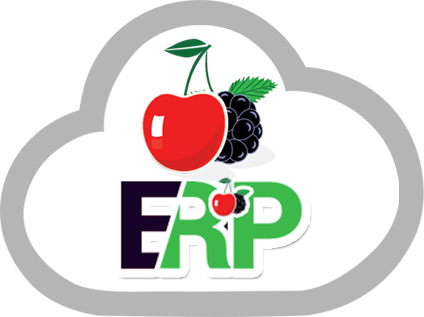Procurement Software – Streamlining Purchasing Processes For Modern Businesses
In the fast-paced world of global business, effective procurement processes are critical to corporate success. Traditional procurement procedures have advanced dramatically, resulting in specialized procurement software that has revolutionized how firms source, buy, and manage their goods and services. Integration of procurement software has been invaluable in reducing paperwork, delivering cost savings, improving supplier relationships, and guaranteeing regulatory compliance. Now, we will discuss the evolution of the software, key features, functions, positive impacts on businesses, and future trends.
Procurement Software Evolution:
In the past, procurement was characterized by time-consuming laborious procedures, paper-based records, and fragmented communication with suppliers. The introduction of procurement software constituted a paradigm change, providing centralized platforms for automating and optimizing purchasing procedures. At first, these systems were primarily concerned with e-procurement, allowing for online purchasing, purchase order production, and supplier administration. Contemporary procurement software, on the other hand, has evolved into entire suites that include sourcing, contract administration, relationship management with suppliers, and spend analysis as technology has advanced.
Key Characteristics and Functions:
Modern procurement software systems include a plethora of capabilities designed to fulfill the different needs of businesses:
1. Sourcing Capabilities: Techniques that aid in the identification and selection of suppliers, the conduct of bids, and the negotiation of contracts.
2. E-Procurement Modules: Automated requisition and order of purchase workflows, allowing for online purchasing and approvals of products.
3. Supplier management: This refers to the use of centralized databases to handle supplier data, performance reviews, and collaboration.
4. Contract Management: A repository for contract storage, automatic reminders of renewals, and conformity tracking.
5. Analytics and Reporting: Gain insight into spending habits, potential savings, and supplier performance data.
Positive Impacts of Procurement Software on Modern Businesses:
The incorporation of procurement software provides various advantages that have an important influence on business operations. Some of them are listed below
1. Accuracy and Productivity: Automation decreases manual errors, shortens the duration of processing, and improves performance, resulting in reduced expenses and improved allocation of resources.
2. Enhanced Supplier Relationships: Consolidated coordination and performance tracking build better supplier relationships, ensuring on-time deliveries and reasonable pricing.
3. Improved Compliance and Risk Prevention: The advanced purchasing software assures regulatory compliance, lowering the risks associated with noncompliance and contract violations.
4. Data-Driven Decision-Making: Comprehensive analytics deliver practical insights, allowing for sound choices and strategic planning.
5. Sustainability and Social Responsibility: Procurement software assists in tracking and supporting sustainable sourcing practices that match the company’s social responsibility goals.
Future Improvements and Trends:
Moving forward, the next generation of procurement software is set to be even more innovative and profitable for businesses. Integration with emerging technologies like Artificial Intelligence, Information systems, machine learning, and blockchain has the potential to transform supply chain management transparency, statistical analysis, and smart contract management. Furthermore, the introduction of cloud-based solutions offers flexibility, scalability, and connectivity, allowing for seamless cooperation across regions.
Conclusion:
Procurement software has advanced from being merely transactional to strategic facilitators, transforming how firms handle their procurement processes. Its integration not only facilitates operations, but also increases efficiency, and productivity, reduces costs, and improves supplier relationships for the seamless flow of the purchasing process. As technology advances, adopting the possibilities of cutting-edge procurement software will surely be critical in navigating the complexity of contemporary supply chain design and maintaining a competitive advantage in an ever-changing corporate landscape.
